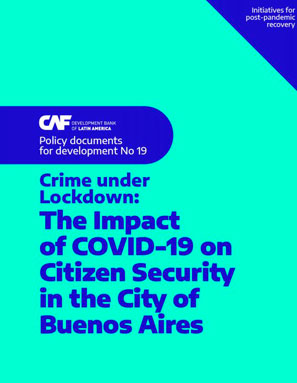Towards a safer Latin America. A new perspective to prevent and control crime
Resumo
This year’s Report on Economics and Development (RED) proposes an approach for the analysis of insecurity in which crime results from decisions made by individuals in a particular situation. While it is true that beliefs, perceptions, self-control, and other personality traits (in turn shaped by family experiences, education level, job opportunities, and other experiences throughout the life cycle) can tip an individual into crime, his physical and social environment, the incentives provided by illegal markets (e.g., drugs), and the credibility and efficiency of the criminal justice system are also important.
Assunto
País / Región
Data
2015-04Cite esta publicação
Item que pertence à coleção
Items Relacionados
Workfare and crime: evidence for Argentina
This paper investigates the effect of introducing a massive workfare program on property crimes. In order to circumvent the endogeneity problem common ...
Police reform, training and crime: experimental evidence from colombia's plan cuadrantes
The Plan Nacional de Vigilancia Comunitaria por Cuadrantes (PNVCC) is a new police patrolling program introduced in the eight major cities of Colombia ...
Crime under Lockdown: The Impact of COVID-19 on Citizen Security in the City of Buenos Aires
This paper studies the impact of the COVID-19 pandemic and the subsequent lockdown on criminal activity in the City of Buenos Aires, Argentina. We find ...






